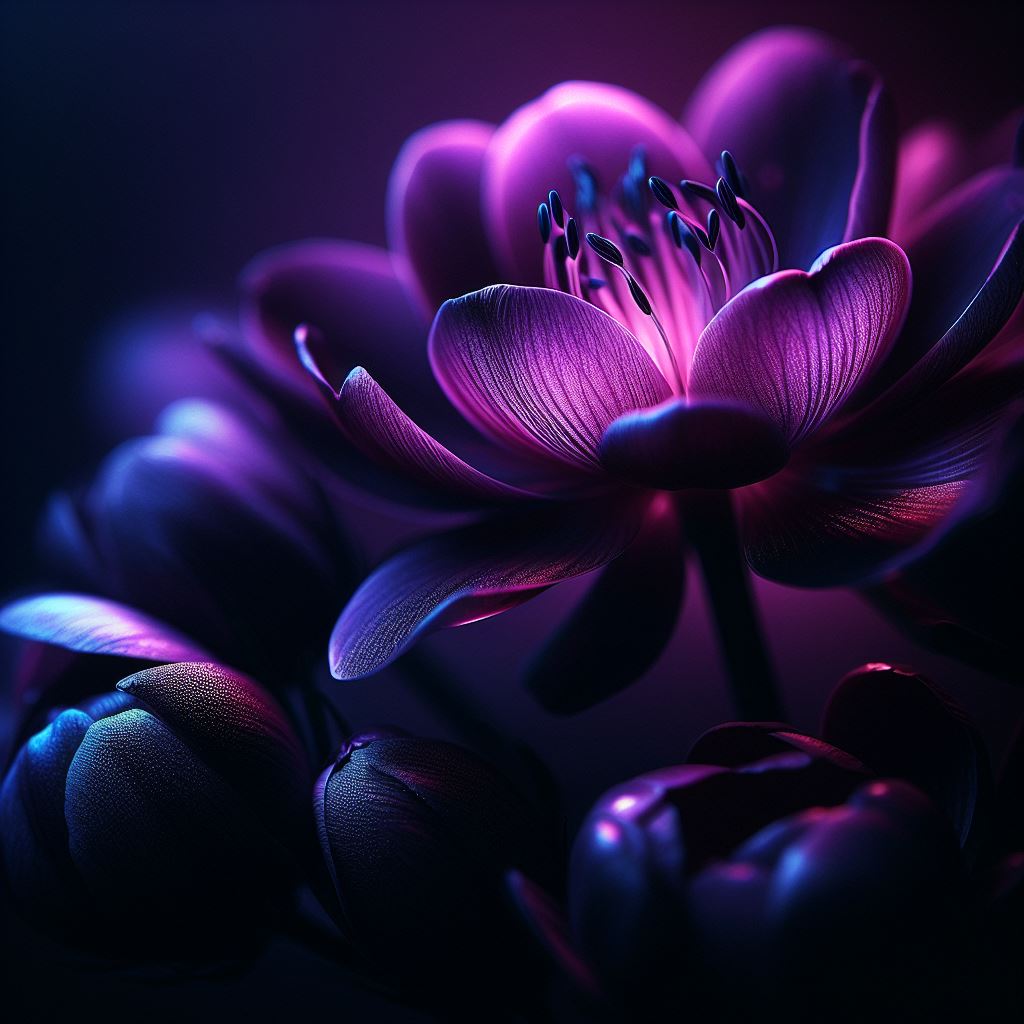
In the realm of horticulture, the integration of UV grow lights has emerged as a pivotal advancement, revolutionizing the way plants are cultivated. Understanding the profound impact of ultraviolet (UV) lighting on plant growth necessitates a closer examination of its benefits and mechanisms. UV grow lights, a subset of LED lighting, harness specific wavelengths within the UV spectrum to optimize photosynthesis and enhance plant development.
One of the primary advantages of UV grow lights lies in their ability to stimulate the production of secondary metabolites in plants. These compounds, including flavonoids and terpenes, are instrumental in enhancing plant resilience to environmental stressors and augmenting their nutritional profile. Through targeted UV exposure, growers can manipulate the synthesis of these valuable compounds, thereby improving the overall quality of harvested produce.
Moreover, UV grow lights facilitate precise control over plant morphology and flowering patterns. By fine-tuning the intensity and duration of UV radiation, growers can modulate plant architecture, promoting compact growth in certain species or encouraging branching and flowering in others. This level of customization empowers horticulturalists to tailor cultivation strategies according to the specific requirements of different plant varieties, ultimately maximizing yield and quality.
In addition to influencing plant physiology, UV grow lights play a crucial role in pest and disease management within horticultural settings. Research indicates that UV radiation possesses antimicrobial properties, capable of suppressing fungal and bacterial pathogens that commonly afflict crops. By implementing UV grow lights as part of an integrated pest management strategy, growers can mitigate the risk of disease outbreaks and reduce reliance on chemical interventions, thus promoting sustainable agricultural practices.
Furthermore, the energy efficiency and longevity of LED-based UV grow lights offer significant economic and environmental benefits. Compared to traditional lighting systems, LED technology consumes less power while emitting negligible heat, minimizing energy costs and creating a more favorable microclimate for plant growth. Additionally, the extended lifespan of LED bulbs reduces maintenance expenses and contributes to a lower carbon footprint, aligning with the growing emphasis on sustainability in modern agriculture.
In conclusion, the integration of UV grow lights represents a paradigm shift in horticultural practices, unlocking a myriad of benefits ranging from enhanced plant productivity and quality to sustainable pest management and resource efficiency. As research continues to elucidate the intricate interactions between UV radiation and plant physiology, the potential for innovation and optimization in horticultural lighting remains boundless. By harnessing the power of UV grow lights, growers can embark on a journey towards a more resilient, productive, and environmentally conscious future in agriculture.
